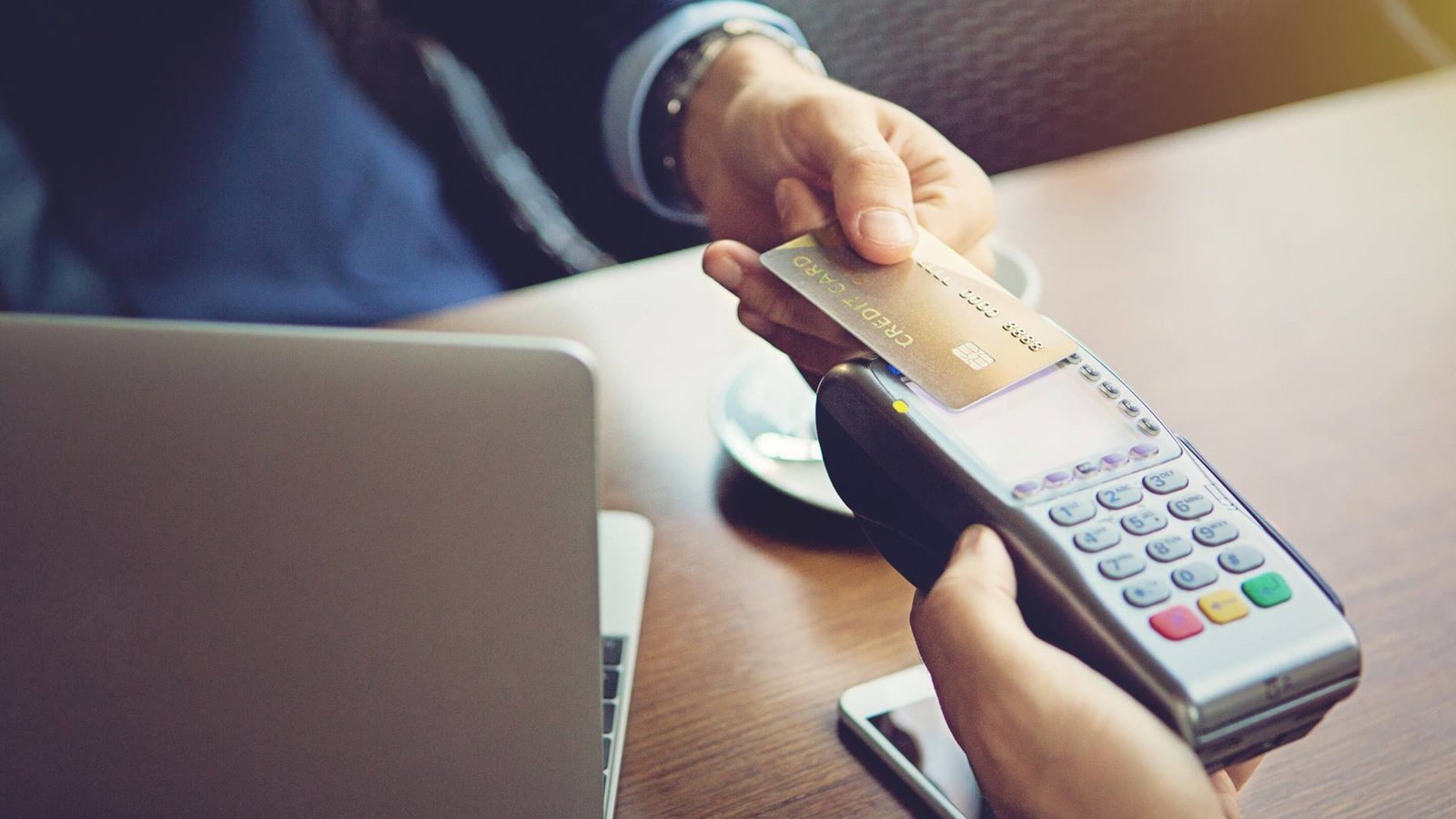The world of financial transactions has changed significantly in a time of swift technological advancement. Bank transfers have become a well-liked and effective substitute for more conventional payment methods like cash, checks, and credit cards. In this article, we will look at the benefits and drawbacks of this payment method.
Meeting Diverse Financial Needs
Bank transfers, also known as wire transfers or electronic funds transfers (EFT), involve the movement of money electronically from one bank account to another. They can be initiated for various purposes, including person-to-person transfers, bill payments, business transactions, and international remittances. You even can try bank transfer deposits for betting.
Additionally, real estate transactions, investments, loan repayments, settling debts, charitable donations, subscription payments, and one-time purchases all benefit from the secure and streamlined process offered by bank transfers. In times of emergencies, individuals may turn to bank transfers for rapid financial assistance from family or friends, while estate settlement, tuition payments, and tax remittances are other contexts where bank transfers prove invaluable. This versatility makes bank transfers a widely trusted and adopted method for handling various financial transactions with ease and security.

Understanding Bank Transfers
Bank transfers have a number of important benefits. First of all, they are well known for their high degree of security, which is supported by strong authentication and encryption procedures that protect private financial data. Furthermore, employers frequently use bank transfers to directly deposit salaries and wages, providing workers with instant access to their income. People can quickly access their hard-earned money thanks to this convenience.
Furthermore, bank transfers are a reliable way to send money internationally since they ensure that the money will arrive at its destination safely. Plus in situations where using checks or cash may not be as practical or secure, bank transfers are the recommended choice for managing large transactions, such as real estate purchases or investments.
However, it’s necessary to recognize that there are disadvantages to bank transfers. Fees are one significant drawback, especially when it comes to overseas transfers. Bank transfer fees might differ based on a number of variables, such as the participating banks, the sending and receiving nations, and the total amount of the transfer. Furthermore, because bank transfers frequently require longer processing times, they might not be as quick as some other options. If you need money right away, this could be a drawback. Comparing and contrasting bank transfers with other payment options like credit cards, checks, and cash is crucial to understanding them thoroughly and making wise financial decisions.
Factors Influencing the Choice of Payment Method
When deciding between bank transfers and other payment methods, several critical factors come into play. One of the primary considerations is the transaction amount. Bank transfers are often favoured for substantial sums due to their reputation for providing a secure and efficient means of conducting complex financial transactions. For larger amounts, the safety and effectiveness of bank transfers make them a preferred choice.
In contrast, smaller purchases where speed and convenience take precedence may lead individuals to opt for cash or credit cards. These payment methods are better suited for immediate transactions, aligning with their swift nature. Bank transfers, on the other hand, excel in scenarios where the immediacy of payment is less critical and transactions are planned or long-term.
Security is another paramount factor to weigh when making a decision. Bank transfers are renowned for their high level of security, making them the method of choice for handling sensitive financial matters. The robust authentication and encryption protocols employed in bank transfers provide peace of mind, especially when safeguarding data security is of utmost importance. This aspect, coupled with considerations like fees, consumer protections, accessibility, and recipient preferences, collectively guide individuals and businesses in making informed choices regarding their payment methods.
The Future of Payment Methods
Unrelenting technological advancements will continue to shape payment methods in the future. Consumers looking for easy and safe transactions are drawn to digital wallets like Apple Pay, Google Pay, and Samsung Pay, which are becoming more and more popular due to their convenient and contactless payment options. In addition, biometric payment techniques—such as fingerprint and facial recognition—are enhancing the ease and security of payment procedures in line with the increased focus on data security and authentication.
In an era marked by heightened health awareness, contactless payments have gained traction as a safer alternative to handling cash or physically inserting payment cards into terminals. The reduced need for physical contact minimizes the risk of germ transmission.
Cryptocurrencies, like Bitcoin and Ethereum, are becoming more and more innovative digital currencies that challenge established financial systems by enabling decentralized and international transactions. However, it’s unlikely that cryptocurrencies will totally replace bank transfers in the near future, despite the fact that they have the potential to destroy a number of financial industry sectors. Cryptocurrencies are more likely to coexist alongside traditional banking systems, offering users more options and flexibility in how they manage their finances. The future will likely involve a blend of traditional banking services and emerging cryptocurrency solutions, with each serving specific needs and preferences.
Finding the Right Balance
In the ever-evolving realm of finance, the choice between bank transfers and alternative payment methods hinges on the unique needs and preferences of individuals and businesses alike. Striking the perfect balance between security, speed, affordability, and accessibility is paramount, as each payment approach comes with its own set of advantages and drawbacks. As technology continues to advance, the payment landscape will undergo further transformations, offering an array of options to cater to the diverse demands of both enterprises and consumers.
In this dynamic landscape, whether opting for a traditional cash payment, the convenience of a credit card transaction, the security of a bank transfer, or the familiarity of a check, the overarching goal remains consistent: to facilitate the seamless exchange of value in our increasingly interconnected world. As we navigate these financial choices, it is essential to remain adaptable and informed, embracing emerging technologies and payment solutions that align with our evolving lifestyles and financial objectives. By staying attuned to the ever-expanding spectrum of payment options, individuals and businesses can continue to harness the power of innovation to enhance their financial experiences and meet their specific needs.





